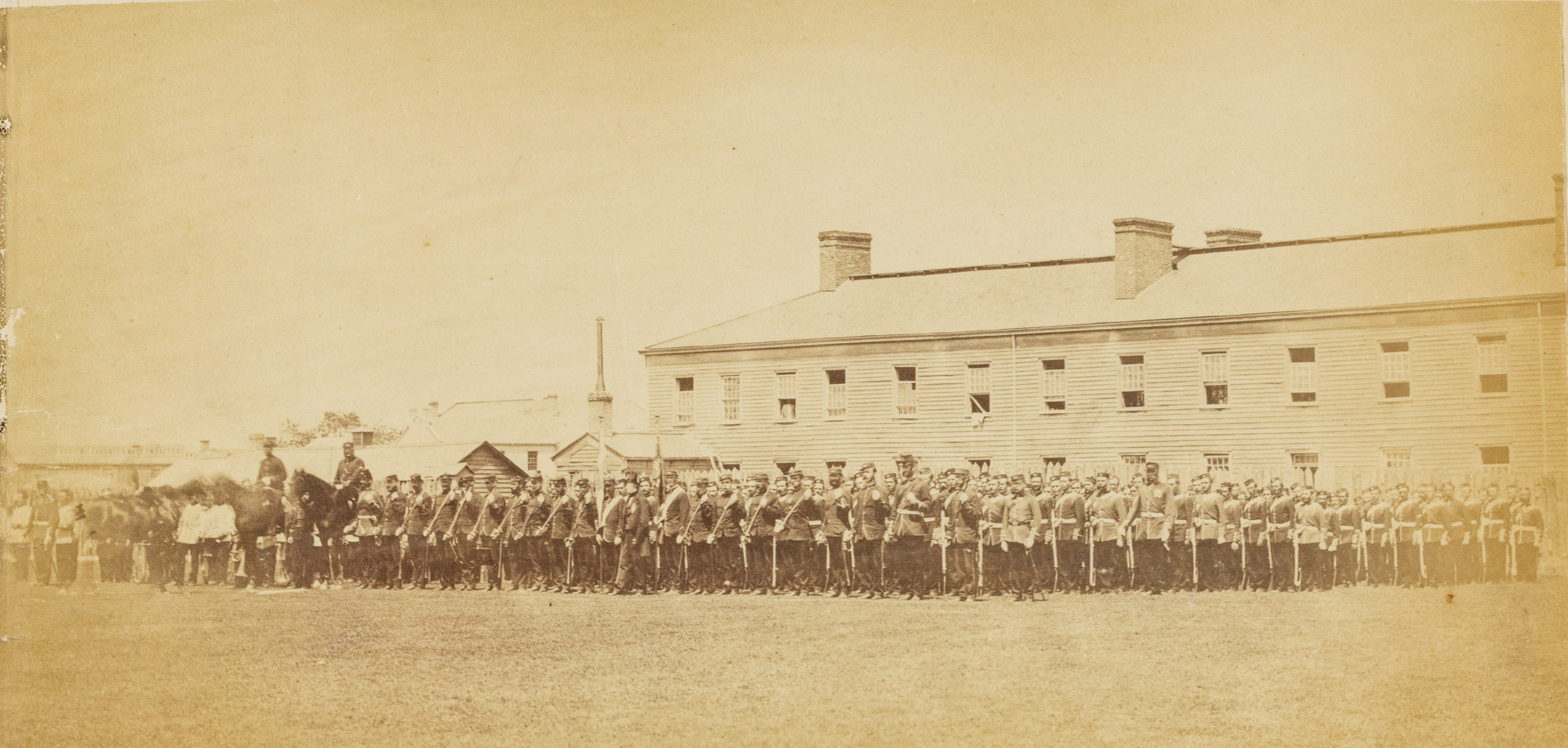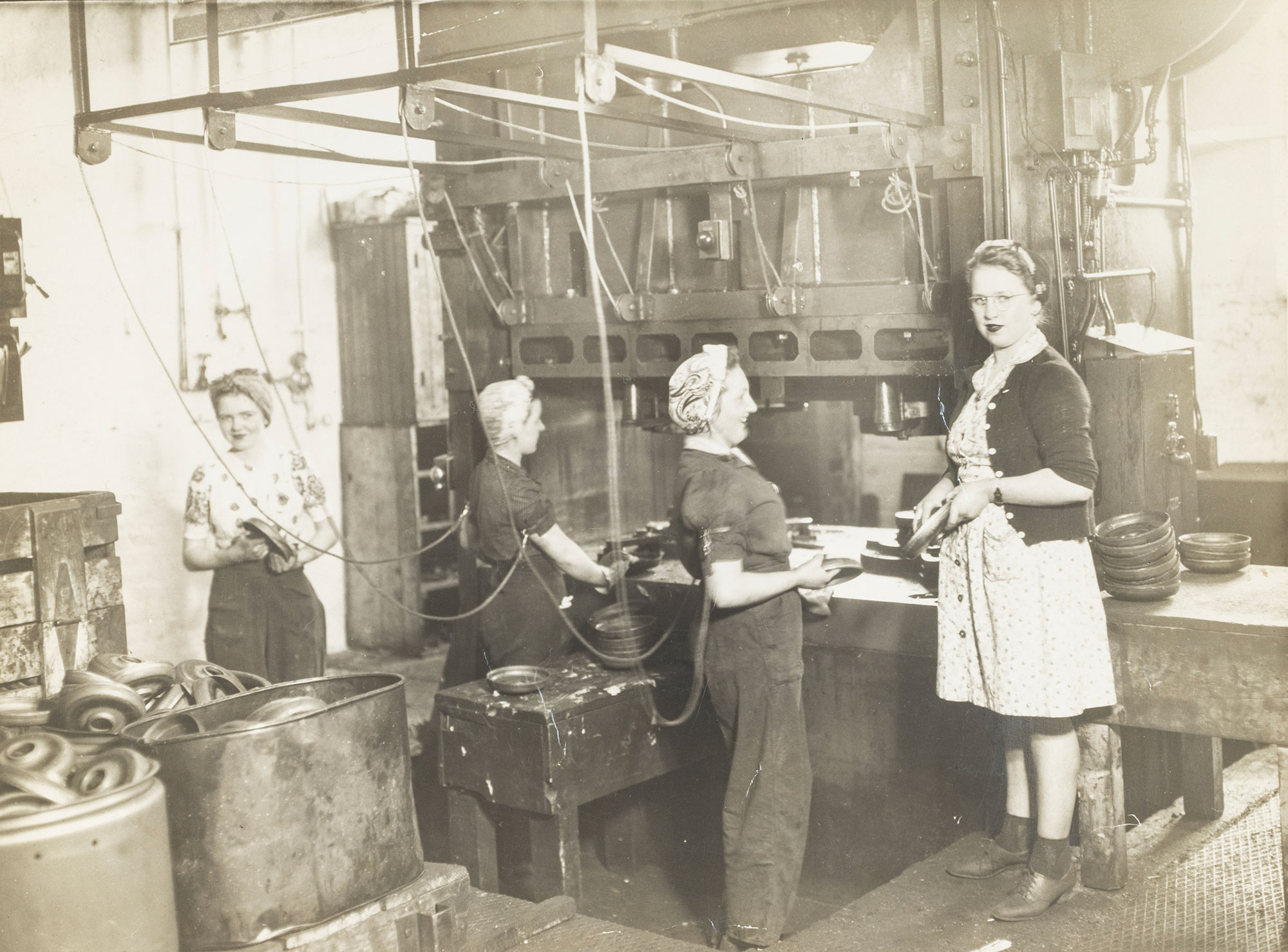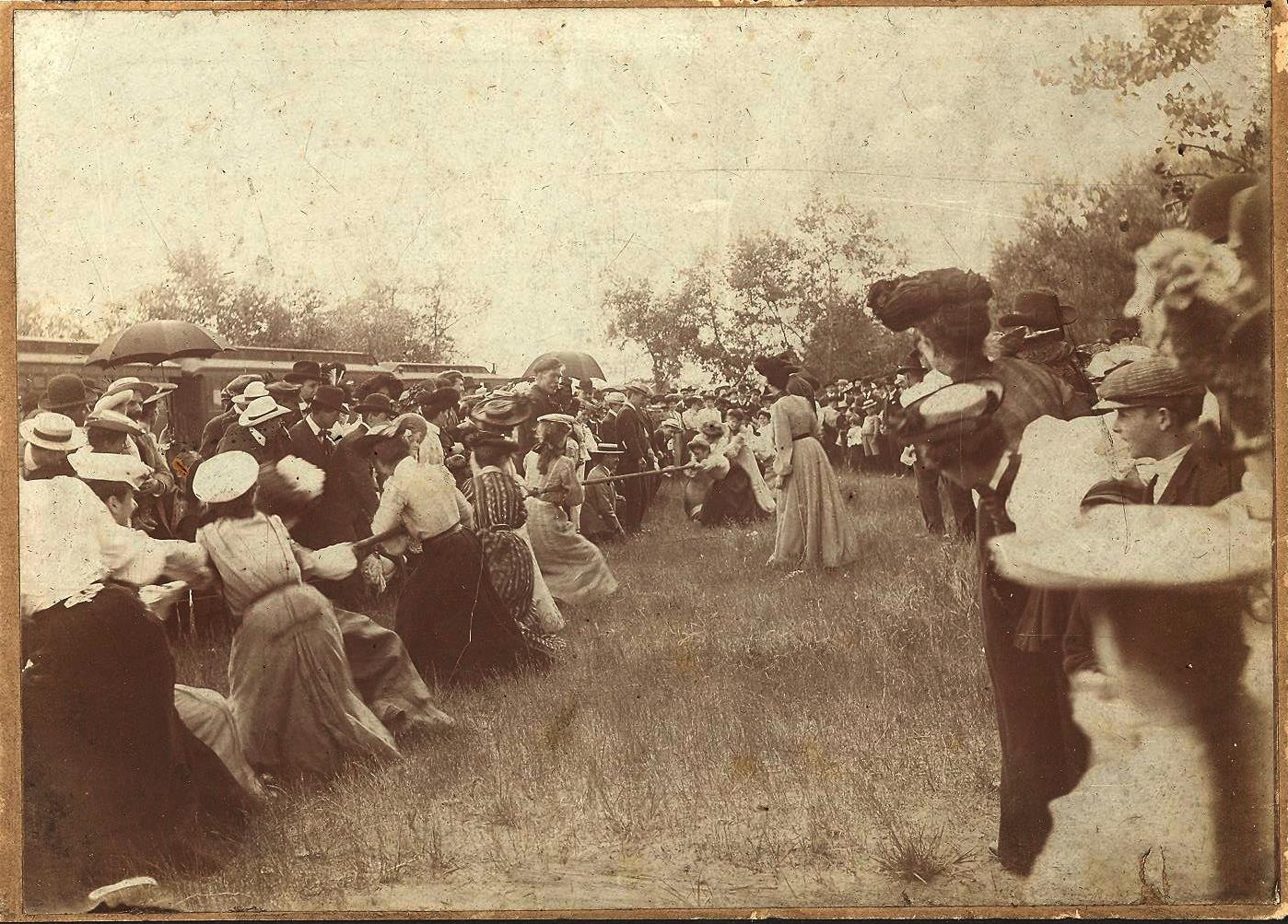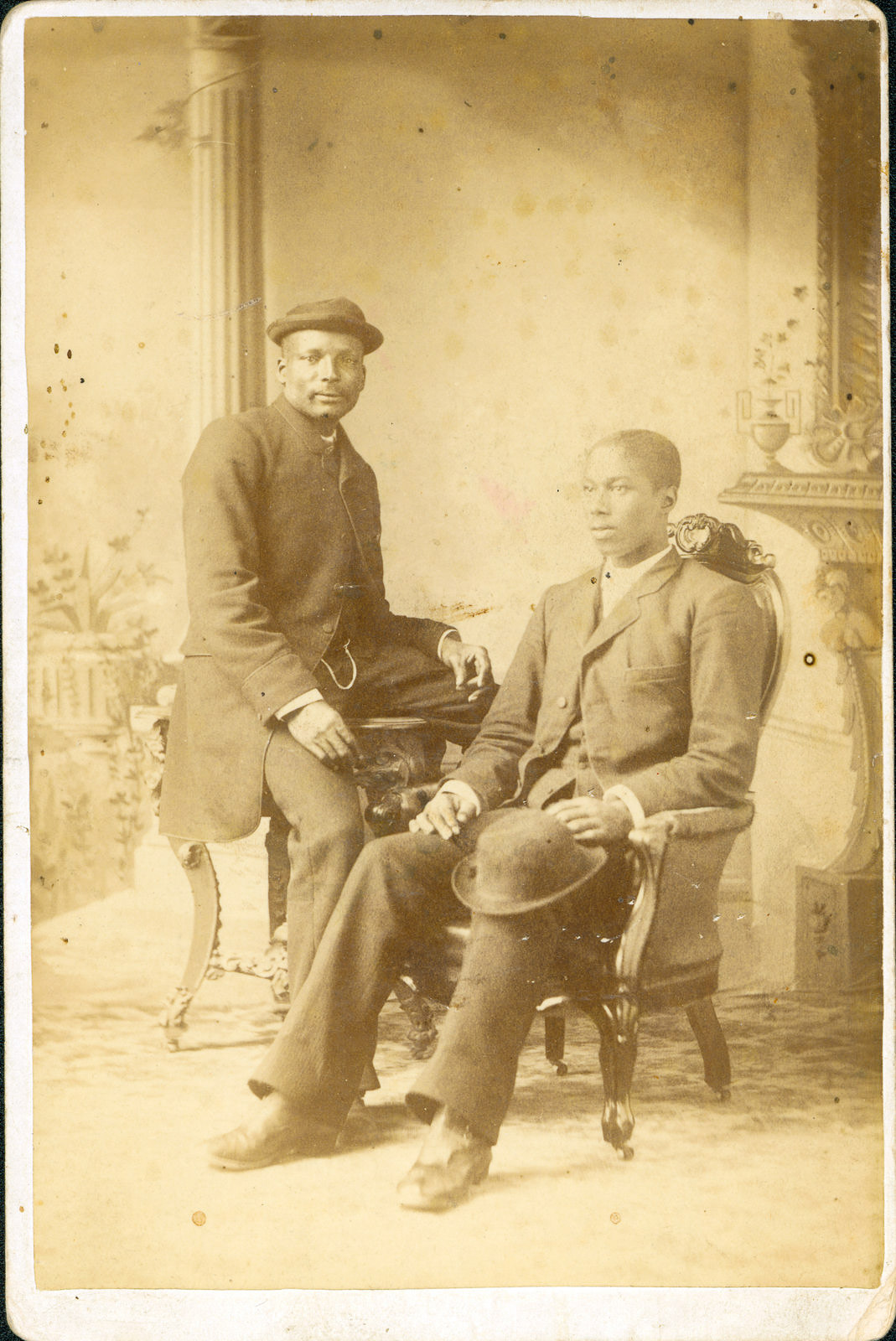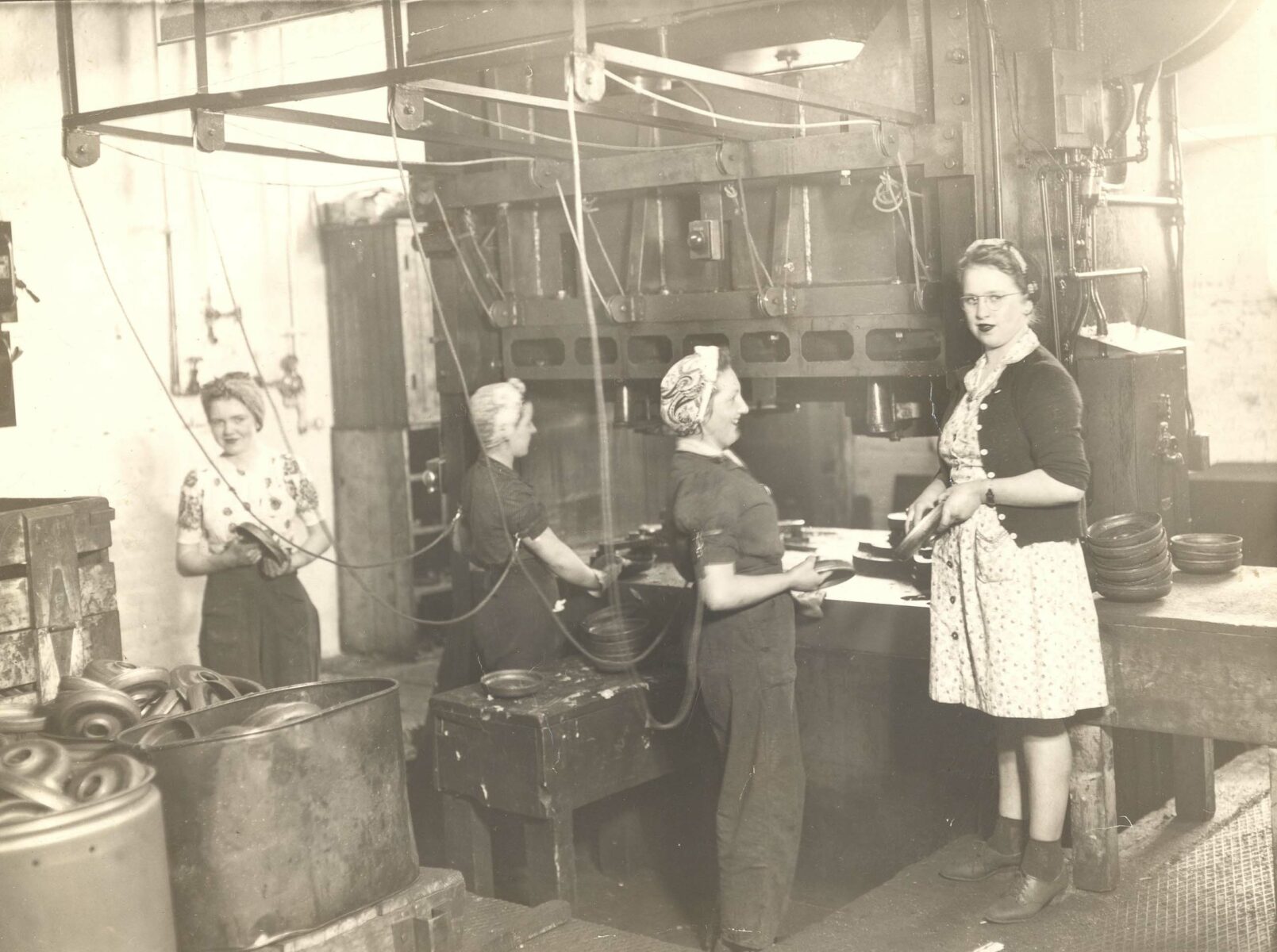Welcome to an exploration into both the historical and contemporary landscape of advertising in London, Ontario. Through the use of Museum London’s digital archives we will use primary resources to examine the roots of advertising utilized by well known London based companies such as; Kelloggs, McCormicks and Labatts. Through inquiry, observation and creative exploration, we will uncover the historical strategies, messages, and influences used by recognizable London based companies.
Advertising has long been a significant part of our everyday lives – even prior to the era of digital technology, television commercials and tiktok. In London, Ontario iconic businesses like Kellogg’s and McCormick’s left lasting marks on the advertising landscape through their use of flyers, posters, packaging, tv and radio. Thanks to the digital archives found at Museum London, we will be able to view some of these historical artefacts to learn more about how advertising has changed to reflect the needs and desires of its target markets. From the early print ads that appeared in the London Free Press, to colorful cartoon cereal boxes these historical artefacts reflect the ingenuity and creativity used throughout the history of advertising.
As we explore the digital archives we will find historical artefacts that capture the local advertising history in London, Ontario. Through these primary resources we can investigate the advertising techniques and tactics used to captivate both historical and modern audiences. We can dig into the language, imagery, and messaging used to target audiences in both historical and modern contexts. Through this exploration we can consider how advertising techniques reflected the values, trends, and lifestyles of the time.
But our exploration doesn’t stop there! In today’s digital age, advertising has undergone a dramatic shift, with social media, online platforms, and targeted marketing strategies redefining the landscape of advertising. We’ll examine how technological advancements and changing consumer behaviors have reshaped the advertising industry. From personalized ads tailored to individual preferences to viral campaigns that spread like wildfire across the internet – we will see how advertising tactics and techniques have changed over time.
Get ready to embark on a journey through the dynamic realm of advertising, from historical London, Ontario. Together, we will uncover the secrets and decode the language of advertising as we navigate this learning adventure in Media Literacy.
Let’s embark on this journey together and discover the fascinating evolution of advertising through the ages!
Activity
Observe and Infer: Historical Advertising
Display the artefacts and have students make observations and inferences about the products.
Teacher Prompts
- Design and Visual Elements
- How does the design of historical cereal boxes differ from modern ones?
- What colors, images, and fonts are used in each? Are there any similarities or differences?
- Brand Identity and Logos
- How has the brand identity of cereal companies changed over time?
- Do historical cereal boxes prominently feature logos?
- How do these logos compare to those on modern boxes?
- Product Information
- What kind of product information is displayed on historical cereal boxes compared to modern ones?
- How do the nutritional facts, ingredients, and serving sizes differ, if at all?
- Marketing and Advertising
- What marketing techniques are used on historical cereal boxes to attract consumers?
- How do these techniques compare to those used on modern boxes?
- Cultural and Society
- How do the images and themes portrayed on historical cereal boxes reflect the time period in which they were produced?
- What cultural or societal values can be inferred from the design and messaging of historical boxes?
- Technological Advances
- Have there been any shifts in consumer preferences or trends evident in the design of cereal boxes over time?
- Do historical cereal boxes cater to different demographics or target audiences compared to modern ones?
Turn this activity into a Building Thinking Classroom Task!
To turn this activity into a BTC task, have students analyze the images at their white boards in visibly random groups. Consider doing this by displaying the artifact/advertisement but cover up portions of it so it is not easily identifiable. Ask groups to analyze the imagery and other design features to determine what the product is, what era they think it is from and who the target audience is. After this investigation, prompt groups to analyze the design features (using the prompts above) to determine what elements were helpful in decoding the message.
Hints
Use the design features discussed in B1 to get students to help student decode the advertising.
Do you see any imagery? Colors? Branding or logos you recognize?
Extensions
Have students recreate the advertisement using modern techniques, what would they change, what would they keep? Have them create a mock design. If students need more extension – have them find modern designs that utilize the design principals effectively. Have them identify why each modern advertisement is effective and what elements contribute to it’s success.
Wrap up
In our investigation of historical advertising, we learned about the origins of advertising, tracing it back to iconic brands such as Kellogg’s and McCormick’s in London, Ontario. We’ve examined various historical artifacts, considering the design elements, branding, and marketing techniques used to engage consumers in the past. We’ve also considered the updated elements of modern advertising, where we briefly explored contemporary advertising, from social media campaigns to targeted online ads.
We compared and contrasted historical and modern advertising, identifying similarities and differences in design, messaging, and consumer engagement. Through this exploration, we gained insights into how changes in consumer preferences, technological advancements, and cultural shifts have influenced the evolution of advertising over time.


